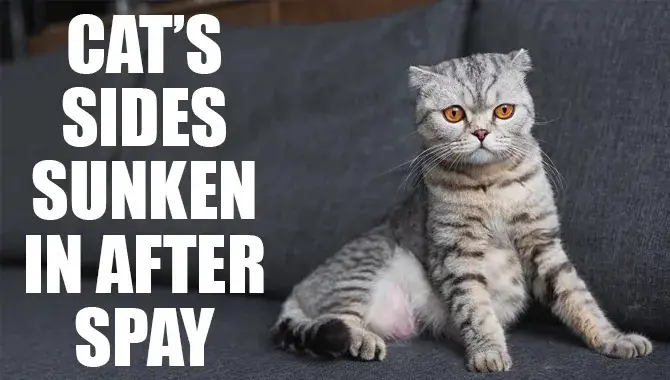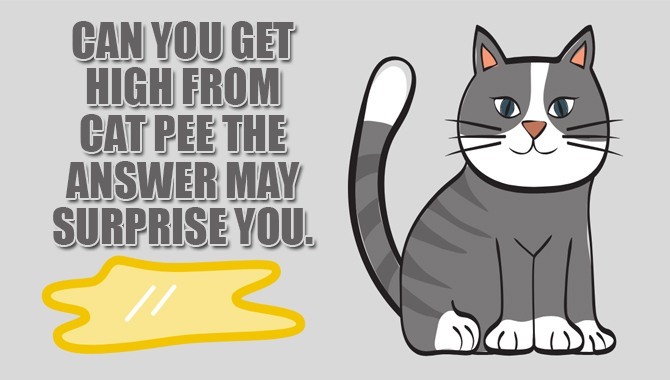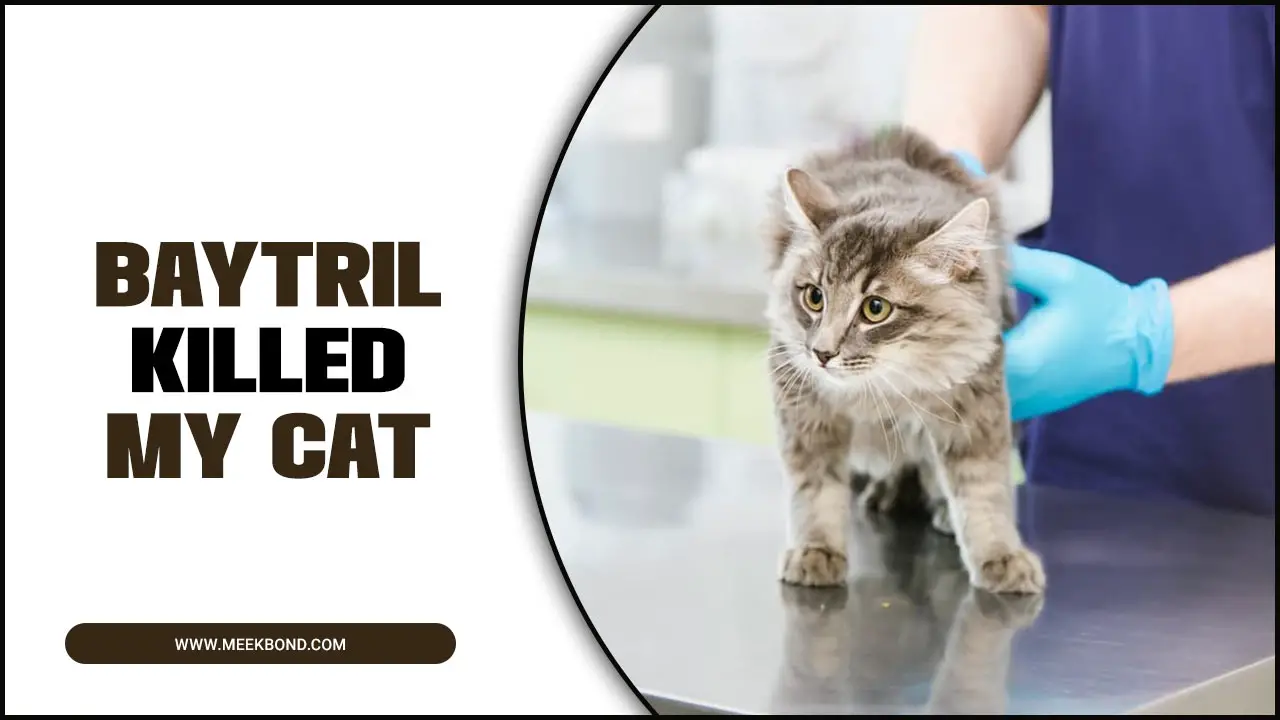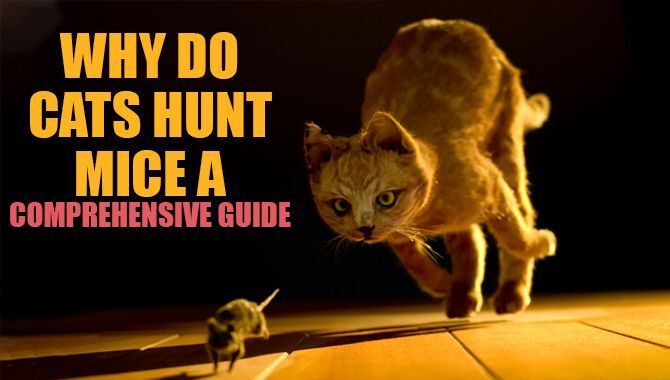Cats are known for their picky eating habits, often turning up their noses at even the most tempting treats. However, when a cat suddenly stops eating after an enema, it can be a cause for concern.
As a beginner cat owner, it is important to understand the common causes behind a cat’s refusal to eat after receiving an enema. An enema is a procedure that involves flushing the colon with fluids to remove any blockages or impactions using a syringe.
While it may seem routine, it can sometimes significantly impact a cat’s appetite. We will delve into the causes of a cat not eating after an enema, why a cat may not eat after an enema, and provide helpful tips on addressing this issue. Whether you are a first-time cat owner or a seasoned pet parent, understanding the potential causes of a cat’s reluctance to eat after an enema can help you provide the best care for your feline companion.
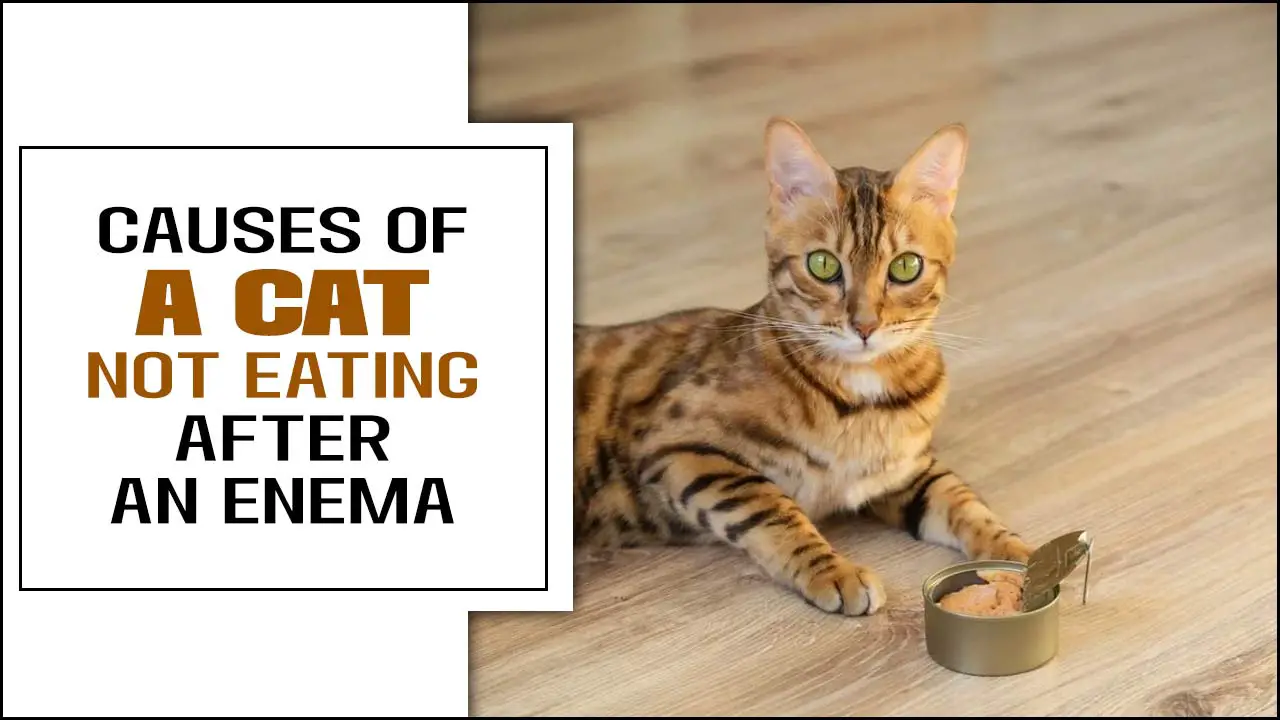
What Is An Enema?
Enema is a medical procedure that we use to cleanse the bowels. It involves filling the rectum with water or other fluid and forcing it through the anus. Cat Enemas are bath pet owners often used to treat constipation, diarrhoea, or other digestive issues in cats. They work by cleaning the body and removing impurities.
After using an enema, ensuring your cat eats something soon is important. So he doesn’t get sick from the water in his stomach. Ensure he drinks plenty of water and broth after the enema to avoid dehydration. If your cat is vomiting or has diarrhoea after the Enema, please consult your regular vet the next day or last night if it is an emergency.
9 Common Causes Of A Cat Not Eating After An Enema
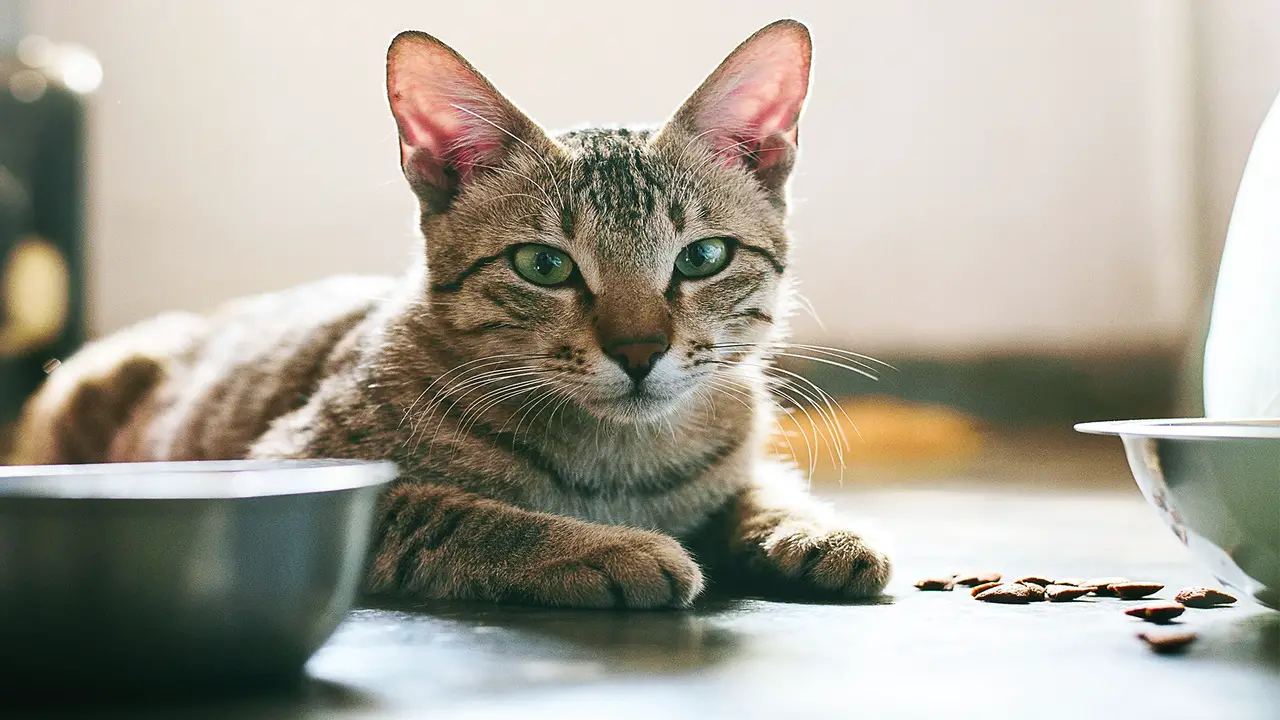
If you notice your cat is not eating or drinking. It’s important to rule out serious health problems before resolving them yourself. It may be possible to tempt them with small snacks or treats if you’re ready to wait a while. If the problem persists, contacting your veterinarian is always a good idea.
They may be able to recommend other solutions or eliminate the feline laxative for you. So, if your kitty isn’t eating or drinking after an enema, don’t panic. There can be several reasons why a cat may not eat after receiving an enema, including a potential deficiency of lactulose. Here are ten common causes of a cat not eating after an enema:
1.Loss Of Appetite After An Enema
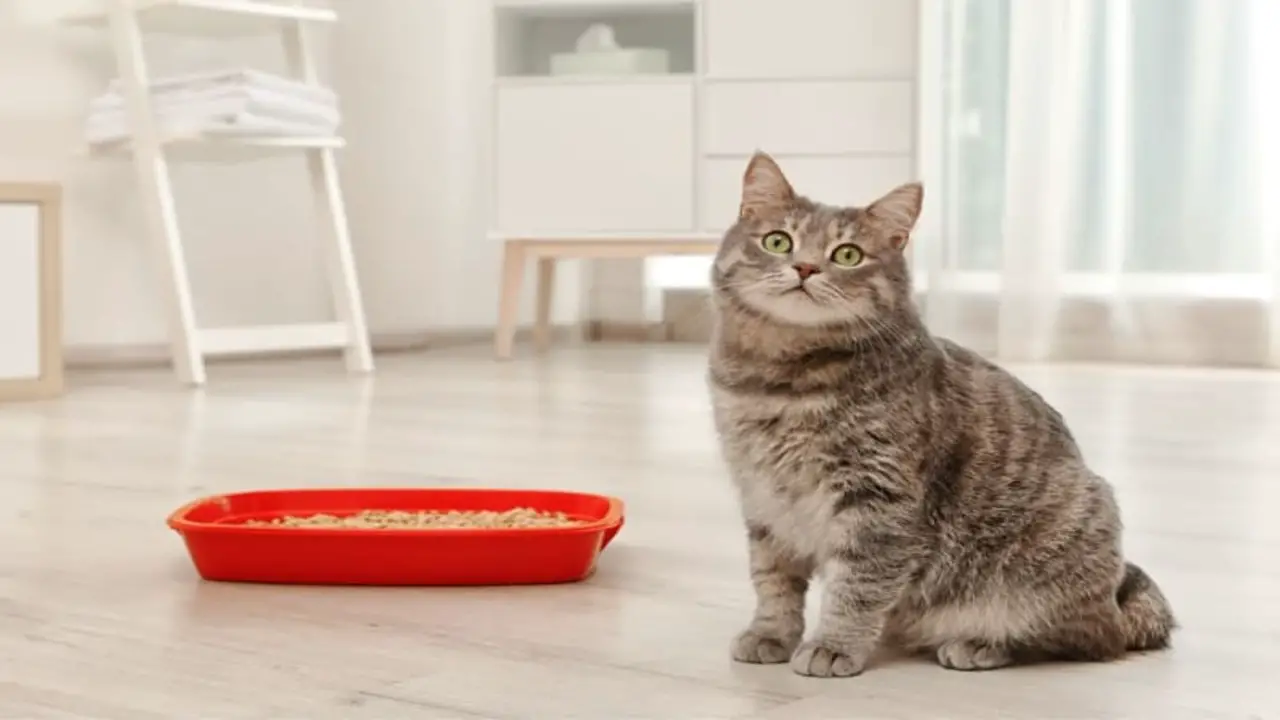
Loss of appetite after an enema can be a common occurrence in cats. There are several reasons why a cat may experience a loss of appetite after an enema. One possible reason is that the enema itself can be uncomfortable or even painful for the cat, causing them to associate eating with discomfort.
The process of having an enema can disrupt the cat’s normal routine and may cause stress or anxiety, which can further contribute to a decreased appetite. It is important to monitor your cat closely and give them gentle care and support during this time.
2.Unpleasant Taste In The Mouth
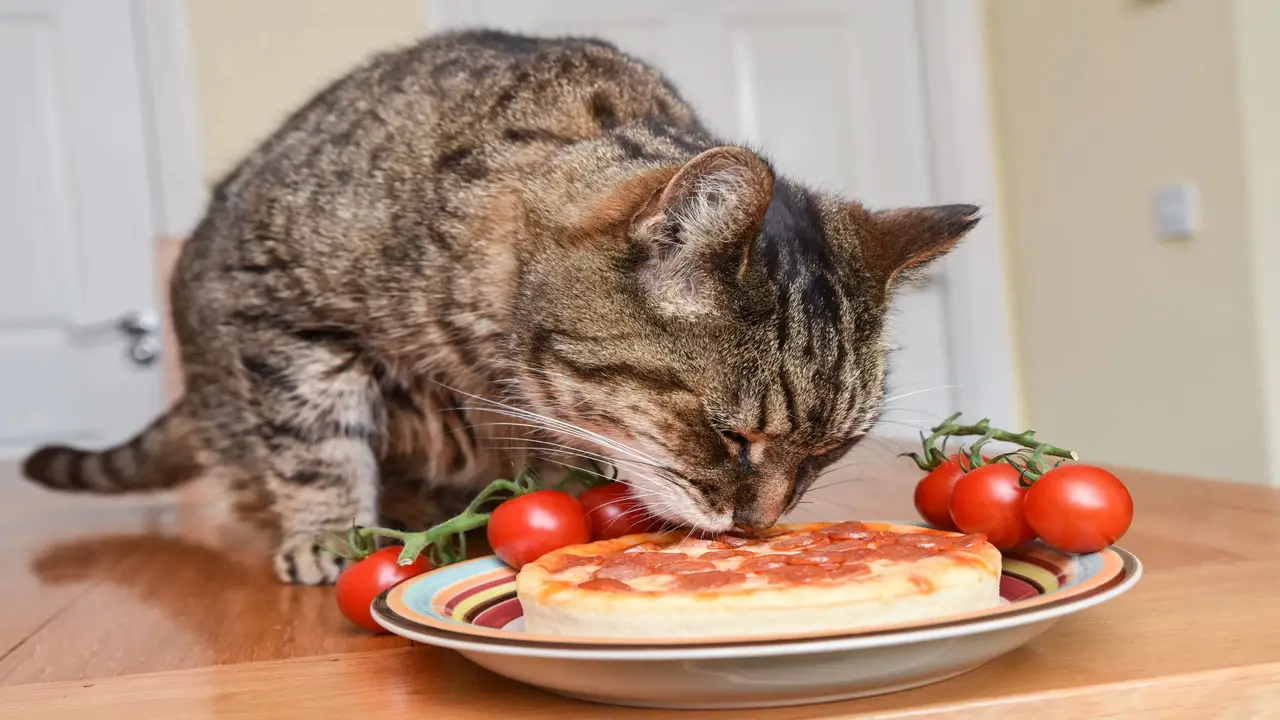
After receiving an enema, it is not uncommon for a cat to experience a loss of appetite. One possible cause for this lack of interest in food is the presence of an unpleasant taste in the mouth. The substances used in the enema may leave behind a lingering taste that can deter the cat from eating.
Additionally, if the enema was administered forcefully or if it caused discomfort during the process, the cat may associate eating with discomfort and choose to avoid food altogether. In such cases, it is important to monitor the cat’s eating habits closely and consult with a veterinarian if the loss of appetite persists for an extended period.
3.Cat Refusing Water Or Food After Enema
If your cat refuses water or food after an enema, it could be due to a few common causes. One possibility is that the cat is experiencing discomfort or pain from the procedure, which may cause them to lose their appetite.
Another reason could be that they feel stressed or anxious, affecting their desire to eat or drink. It’s important to monitor your cat closely and ensure they stay hydrated, as dehydration can lead to further health issues if they are not getting enough water.
4.Bloating And Gas After Enema
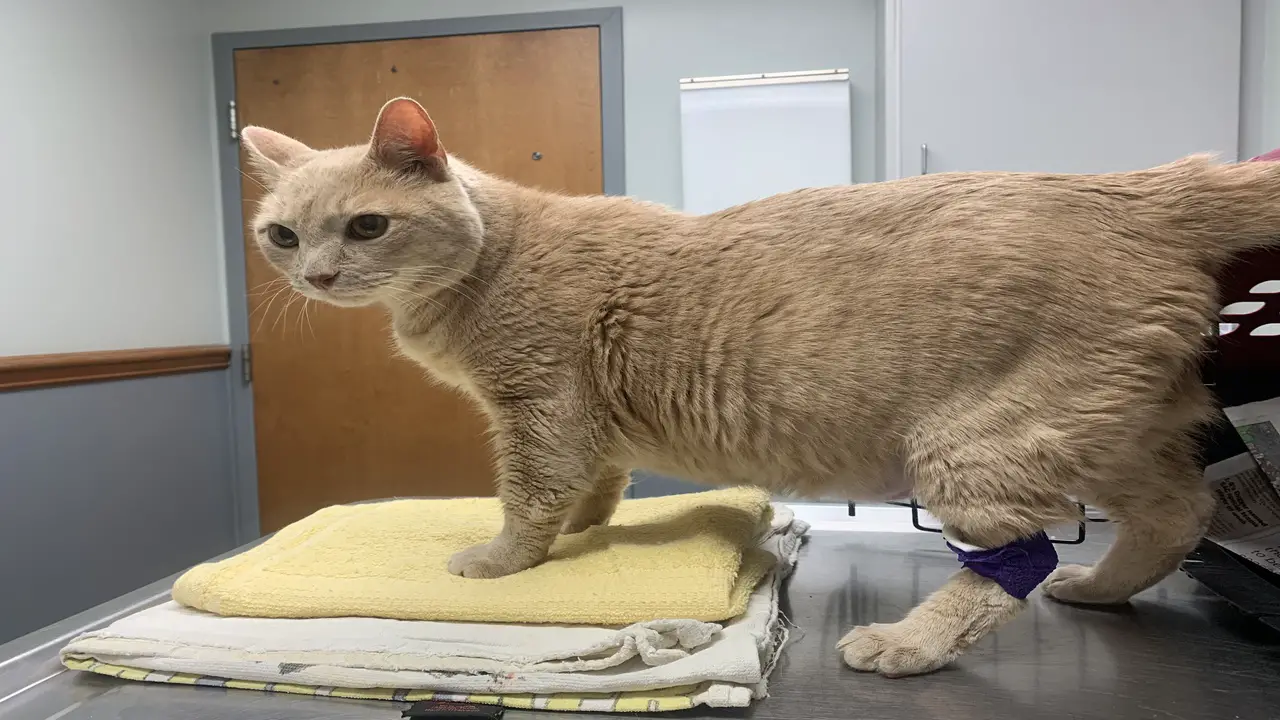
Bloating and gas are common side effects that can occur after a cat has undergone an enema. This is usually due to the introduction of air or fluid into the rectum during the procedure. The build-up of gas can cause discomfort and may result in a loss of appetite.
It is important to allow the cat to rest and provide a quiet and comfortable environment to alleviate these symptoms. Additionally, offering small, frequent meals of easily digestible food can help to reduce bloating and encourage eating.
5.Difficulty Breathing
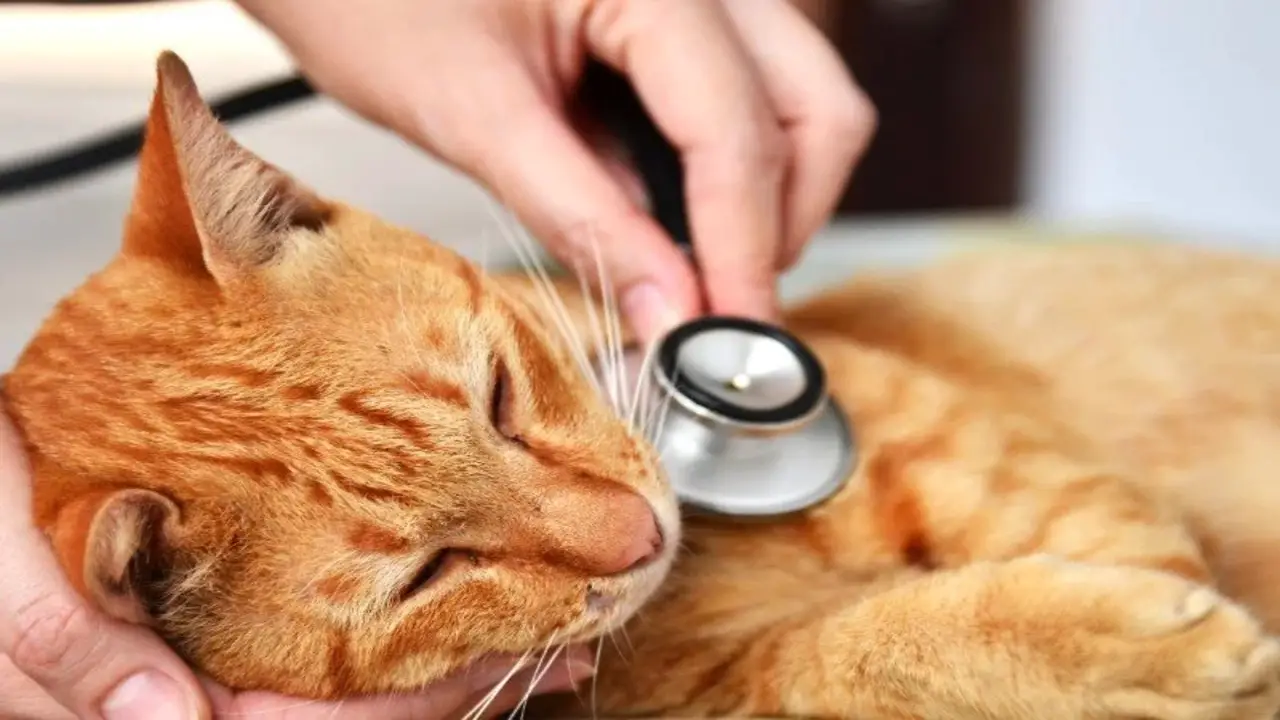
Difficulty breathing can commonly cause a cat not to eat after an enema. An enema is a medical procedure that involves inserting fluid into the rectum to stimulate bowel movements. While most cats recover quickly from this procedure, some may experience complications such as difficulty breathing.
This can be due to several factors, including anaesthesia used during the procedure or the cat’s reaction to the enema solution. If your cat is experiencing difficulty breathing after an enema, it is important to seek immediate veterinary attention, as this could be a sign of a serious underlying issue.
6.Blocked Stomach
A common cause of a cat not eating after an enema is a blocked stomach. An enema can sometimes cause the intestines to become obstructed, leading to a buildup of gas and fluid in the stomach, which can cause nausea and may require nausea meds.
This can make the cat feel uncomfortable and bloated, making it difficult for them to eat. If your cat is not eating after an enema, it is important to monitor their condition closely and consult a veterinarian if the issue persists. The vet may recommend further treatment or interventions, such as administering milk or water followed by soft food to alleviate the blockage and help your cat regain their appetite.
7.Accidental Ingestion Of Enema Material
Accidental ingestion of enema material is a common cause of cats not eating after undergoing an enema procedure. Cats are naturally curious creatures, and it is not uncommon for them to accidentally lick or ingest the enema material while grooming themselves.
This can lead to discomfort or even gastrointestinal upset. It causes them to lose their appetite if your cat is not eating after an enema. Monitoring their behaviour and contacting your veterinarian for further guidance is important. They may recommend additional treatments or provide supportive care to help alleviate any discomfort and encourage your cat to start eating again.
8.Constipation
Cats with chronic constipation or megacolon may potentially find relief through the surgical removal of the affected section of the large intestine if other medical treatments have been unsuccessful.
Constipation can commonly cause a cat not to eat after an enema. When a cat is constipated, it can lead to discomfort and loss of appetite. The enema is intended to help relieve constipation by softening the stool and promoting bowel movements.
Common signs of constipation in cats include straining to defecate, reduced appetite, vocalizing during or after defecation, and the presence of small hard stool or no stool at all. Constipation in cats can also lead to a decrease in appetite due to discomfort, nausea, and a sensation of being full.
However, in some cases, the cat may still experience discomfort or pain after the enema, resulting in a decreased appetite. Monitoring your cat closely and providing supportive care, such as offering small, is important. Frequent meals and ensuring they have access to fresh water to help them poop comfortably.
9.Excessive Drinking

Excessive drinking can be a common cause of a cat not eating after an enema. When a cat receives an enema, it is common for them to experience dehydration. This can lead to increased thirst and excessive drinking. If your cat is not eating after an enema and you notice that they are drinking more water than usual, it may be a sign that they are dehydrated.
In this case, monitoring their water intake and always providing them with fresh water is important. If excessive drinking persists or if you notice any other concerning symptoms. It is advised to consult with a veterinarian for further evaluation and guidance.
How To Treat The Cause Of A Cat Not Eating After An Enema
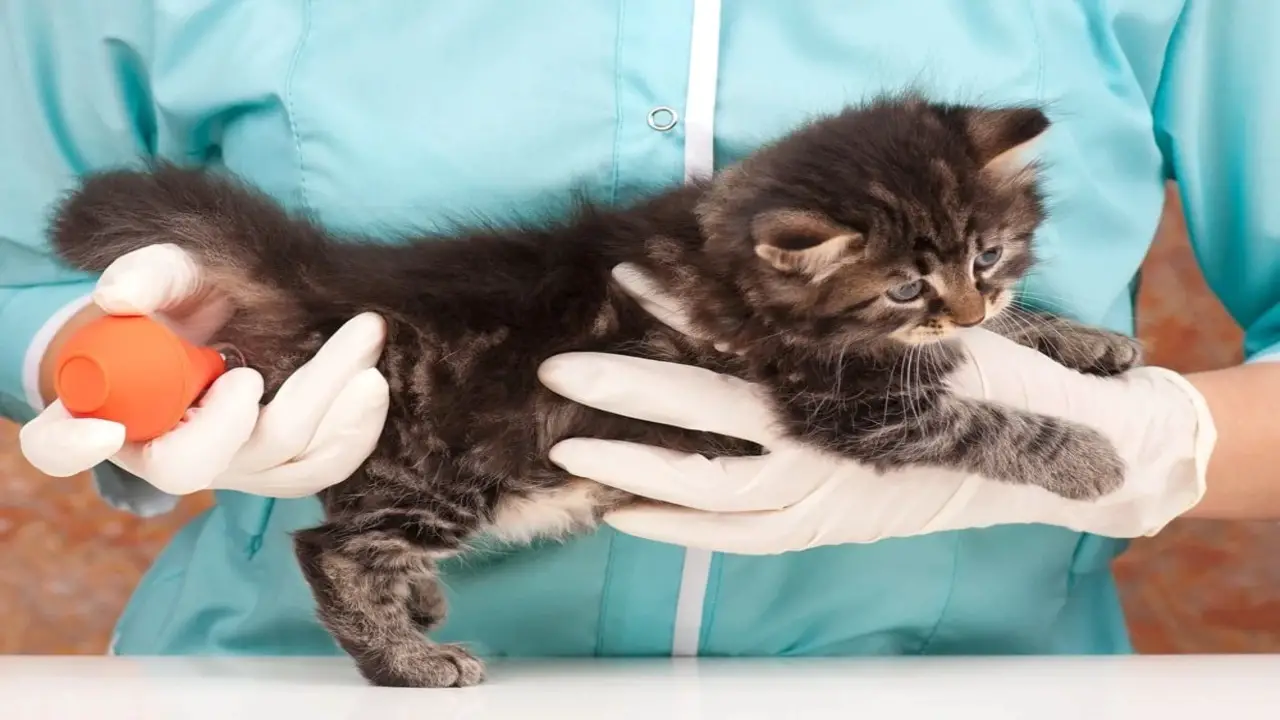
If your cat is not eating after an enema, it is important to identify and treat the underlying cause. One possible reason for a cat’s reduced appetite post-enema could be discomfort or pain. If this is the case, you can provide pain medication as your veterinarian prescribes to help alleviate any discomfort.
Another possible cause could be stress or anxiety. Cats can become stressed or anxious due to the enema procedure or environmental changes. Creating a calm and quiet space for your cat, using pheromone diffusers, and providing familiar objects can help reduce stress levels.
Additionally, suppose your cat has an underlying medical condition that requires an enema, such as constipation or bowel obstruction. In that case, addressing and managing that condition appropriately is essential to restore their appetite.
One way to do this is by switching to wet food such as tuna or baby food, which can help with constipation and encourage hydration. Another natural remedy that can aid in constipation is canned pumpkin (not pie filling), which can be added to your cat’s food. Consult your veterinarian for a thorough evaluation and appropriate treatment plan tailored to your cat’s needs.
Checking For Food Allergies
When a cat refuses to eat after an enema, it can be concerning for pet owners. One possible cause of this behaviour is a food allergy. It’s important to check for food allergies by gradually introducing different types of hypoallergenic or novel protein diets and monitoring the cat’s response in order to address the underlying cause of the cat’s refusal to eat.
This can be done by checking for elevated liver enzymes and anaemia in blood tests or X-rays. If the cat’s appetite improves with a specific diet, it could indicate that they have a food allergy or sensitivity. Consulting with a veterinarian can help determine the best course of action for managing the cat’s diet and addressing any underlying food allergies.
Assessing The Severity Of Dehydration
Assessing the severity of dehydration is crucial when treating a cat that is not eating after an enema. Dehydration can occur as a result of the enema procedure or due to underlying health issues. To assess the severity of dehydration, it is important to monitor.
The cat’s hydration level by checking for signs such as dry mouth, sunken eyes, and decreased skin elasticity. In severe cases, the cat may require intravenous fluids to rehydrate. It is essential to consult with a veterinarian who can guide how to properly assess and address dehydration in cats, ensuring their well-being and recovery.
Treating Intestinal Parasites
A cat refusing to eat after an enema can indicate underlying intestinal parasites. These parasites can cause discomfort and digestive issues, leading to a loss of appetite. To treat the cause of the cat’s lack of appetite, it is important to address the presence of intestinal parasites.
This can be done through deworming medications prescribed by a veterinarian. Deworming medications are designed to kill off the parasites and help restore the cat’s appetite.
Following the veterinarian’s instructions and administering the medication as directed is important to ensure effective treatment. Also, maintaining good hygiene practices and regularly cleaning the cat’s litter box can help prevent reinfestation of intestinal parasites.
Administering Oral Rehydration Solution (ORS)
Administering oral rehydration solution (ORS) can be an effective way to treat the cause of a cat not eating after an enema. When a cat undergoes an enema, it can disrupt the balance of electrolytes in their body—leading to dehydration and loss of appetite.
ORS is a solution that contains a precise balance of water, salts, and sugars to help replenish fluids and electrolytes. By administering ORS to your cat, you can help restore their hydration levels and promote their appetite. It is important to follow the instructions provided by your veterinarian for administering ORS to ensure proper dosage and effectiveness.
Ensure you follow the instructions on the bottle carefully – giving small amounts of ORS several times a day over 24 hours should be enough in most cases. Veterinary intervention is needed if your cat still refuses to eat or drink. This may be required in order to resolve the issue.
Referring To A Veterinarian
If your cat is not eating after receiving an enema, it is important to consult with a veterinarian. At the same time, there are potential reasons why a cat may not have an appetite after an enema, such as discomfort or underlying health issues. Only a veterinarian can accurately diagnose and treat the cause.
They can perform a thorough examination and recommend appropriate treatment options to address. The underlying issue and help your cat regain their appetite. It is always best to seek professional veterinary advice when dealing with any changes in your cat’s eating habits or overall health.
Conclusion
Enema is a procedure in which water, oil, or other substances are injected into the rectum through the anus to cleanse and clear the intestines. Causes of a cat not eating after an enema can be a common occurrence with various underlying causes. As a beginner, it is important to understand the potential reasons for your cat’s loss of appetite and to seek professional advice from a veterinarian.
By addressing the root cause and providing proper care, your cat can regain its appetite and return to a healthy state. Always monitor your cat’s eating habits and seek medical attention if you notice any concerning changes. Your cat will return to its playful, curious self with proper care and attention.
Frequently Asked Questions:
What Are The Side Effects Of Enemas In Cats?
Enemas in cats can have potential side effects such as discomfort, pain, and irritation of the rectal area. They can also cause temporary changes in bowel movements, including inflammation, diarrhoea, or increased frequency of defecation. In rare cases, enemas can damage the rectal tissues or perforation of the colon.
Can An Enema Make A Cat Sick?
Yes, an enema can potentially make a cat sick. At the same time, enemas can be used as a medical intervention for constipation or other gastrointestinal issues in cats. They should only be administered by a veterinarian. If done incorrectly or using improper equipment, it can cause injury or infection.
What Damage Can Enemas Cause?
Enemas can cause potential damage if used improperly or excessively. Some possible risks include rectal tissue damage, irritation, infection, electrolyte imbalances, and dehydration. It is essential to follow proper instructions, use appropriate solutions, and not rely on enemas as a regular method of bowel movement.
Can An Enema Damage Kidneys?
Enemas are generally safe when used correctly, but if used too frequently or with excessive force. They can potentially cause damage to the kidneys. It is important to follow proper instructions and consult a healthcare professional before using an enema to minimize the risk of any adverse effects.
How Long Do Enema Side Effects Last?
The duration of enema side effects can vary depending on the individual and the specific side effect experienced. Some common side effects, such as mild discomfort or cramping, may only last a few minutes to an hour. However, more severe side effects, such as rectal bleeding or infection. It may persist for several days or longer after the first place.

Aquarium passion is all about connecting with the aquatic life and providing education to the public on the importance of these creatures. We showcase a wide variety of marine life through our exhibits as well as working with schools to provide unique learning opportunities for students of all ages.

